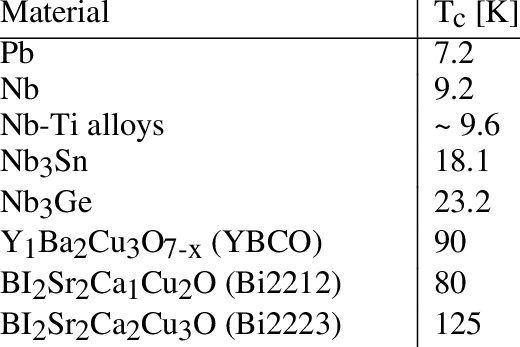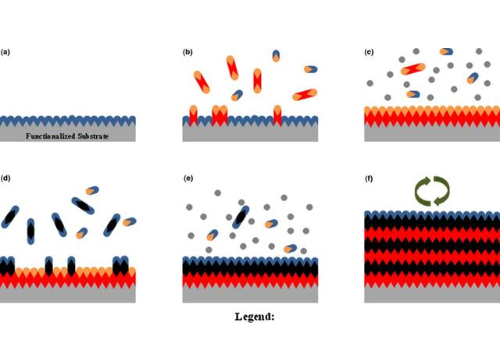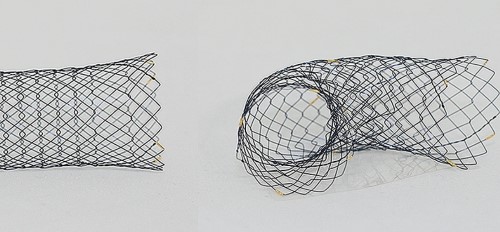Boron Nitride ceramic: A bullet proof material
To know the more about the material boron first you have to learn about some important fact about the material. The basic facts about boron such as its chemical and material properties, the important element present in it, the production process of boron from its ores as well as the practical application of the material in different sectors. Now with the advent of modern technology and equipment boron is highly useful for the innovative application in the world of ceramic.
The material boron is chemically similar to the material carbon and silicon. Thus it attracts a recognition and high demand in the chemical industry. Moreover boron forms covalent bonds with some other elements like silicon and carbon as well as itself. So for that reason the ceramic industry make use of the material in the manufacturing of ceramic, while it is also used for strengthening few other materials such as aluminum and steel.
Boron is a hard and brittle element. As per the periodic table in terms of hardness it should match with the materials properties similar to that of Aluminum, while in fact it is more similar to the metallic properties of silicon and carbon. Though a metal, boron always tends to behalf like a non-metal such as graphite or carbon. Pure boron is very hard just like diamond. It has a crystalline appearance as well.
Till the end of 60’s and the 70’s of this century, the use of boron was limited to very few applications. But with the advent of new technology researchers find the material boron useful for aerospace research. The boron has some special distinctive feature such as soaring strength, excellent temperature resistant capacity and very light in weight. Due to these unique features the application of boron fibers increased with the demand for other materials like ceramics, plastics or aluminum.
The bullet-proof structure, otherwise known as a structure for self-protection involves in the production of bullet-proof clothes such as jackets and other accessories like helmets, shoes, spectacles many more for personal protection.
If you get into a bullet-proof fabric, the first layer that they use is a layer of high-strength fabric, a layer of ceramic material follows the high-strength layer of fabric, and then a second layer of high-strength fabric is put. That means within the two layers of hard substance material a ceramic layer is there which is highly important for the bullet-proof mechanism. Boron is the best material to be used for this. Its use in this type of application is making it more and more popular and demanding.



